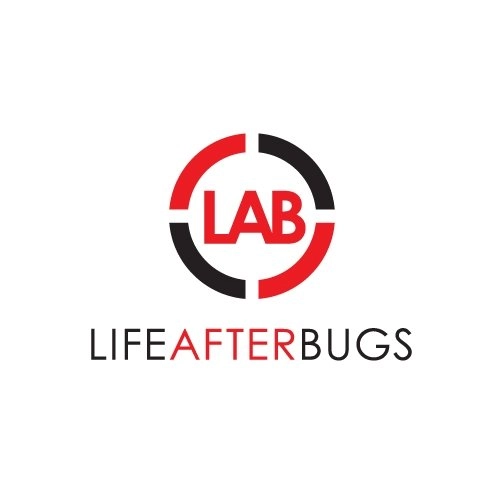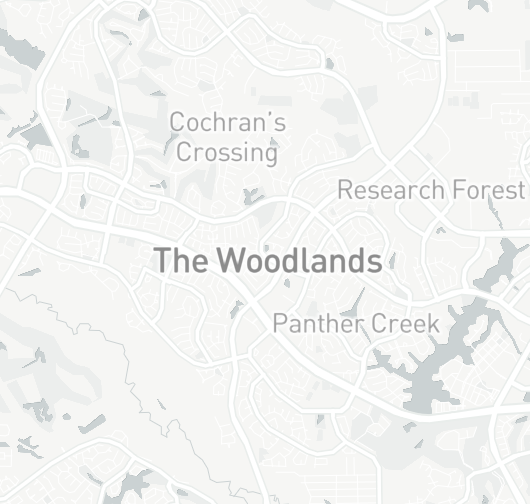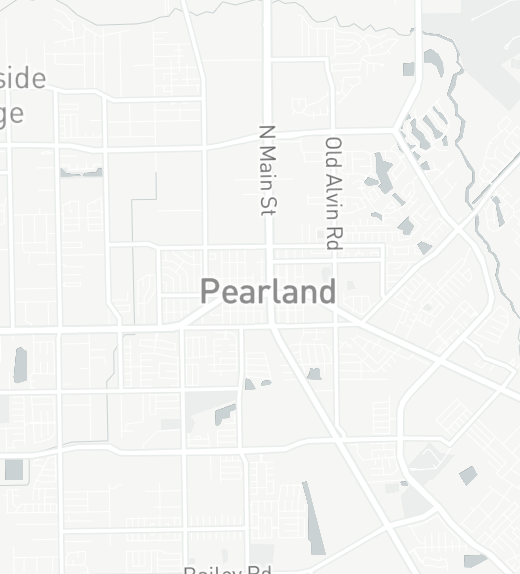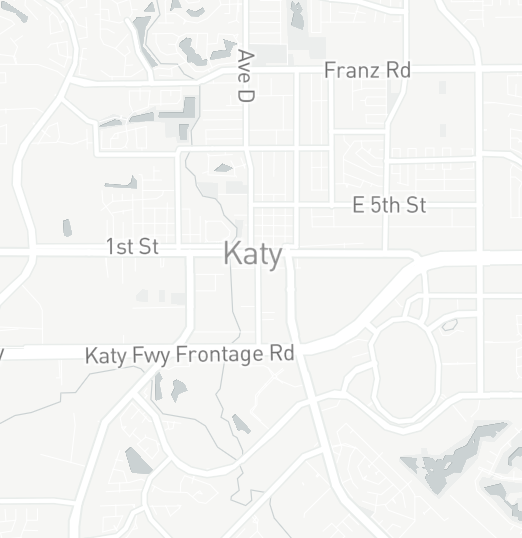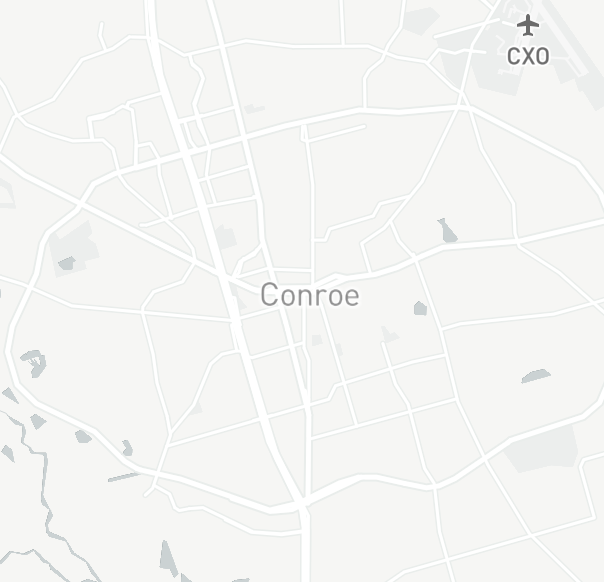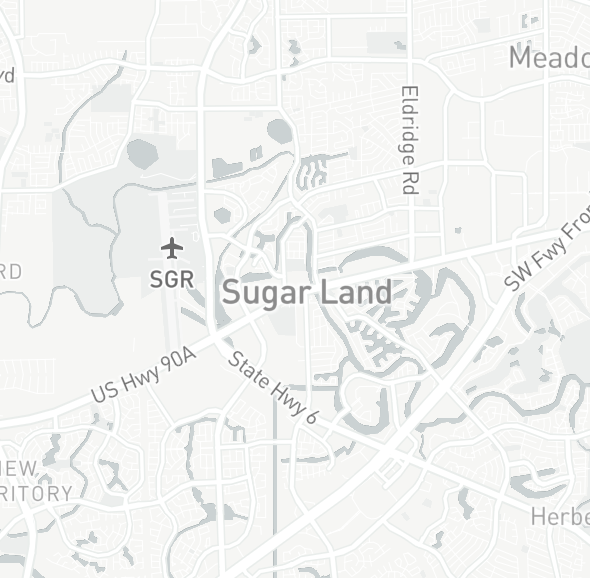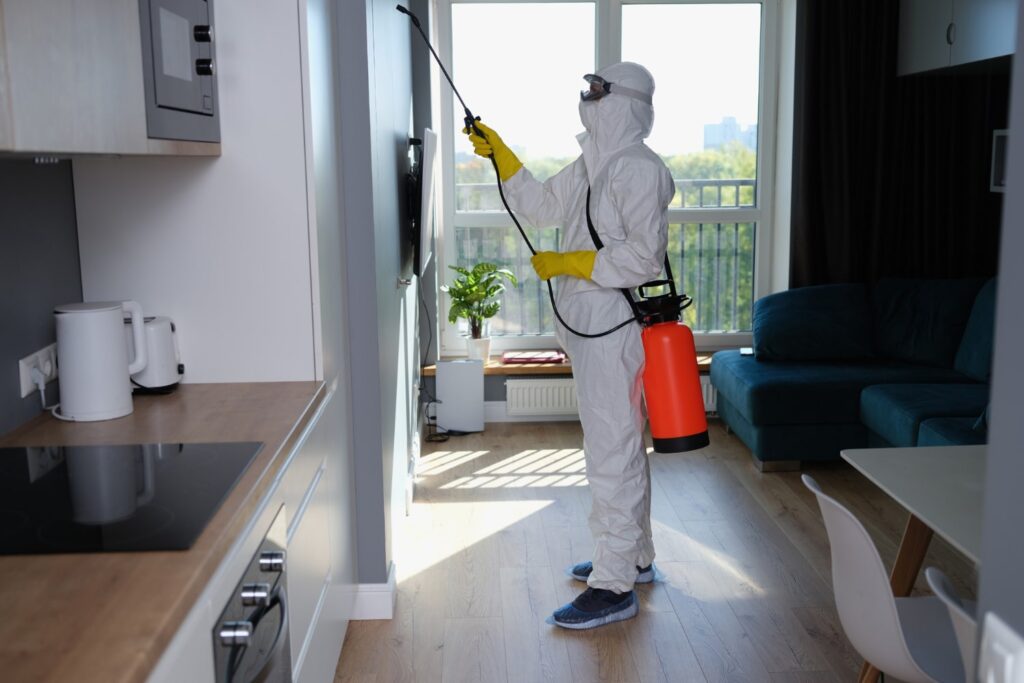Termite control is a critical aspect of protecting your property from the damage caused by these destructive pests. To effectively eliminate termites and prevent future infestations, various treatment methods are available.
Hence, let us begin exploring some of the most effective treatments for termite control.
Integrated Pest Management (IPM) Approach
Integrated Pest Management (IPM) is a holistic approach to termite control that combines multiple strategies for maximum effectiveness. It involves a thorough inspection of the property, identification of termite species, and tailored treatment plans. IPM incorporates both chemical and non-chemical methods to control termites while minimizing environmental impact.
Chemical Treatments
Chemical treatments are commonly used to eliminate termite infestations and provide long-term protection against future attacks. Two primary types of chemical treatments are widely employed:
- Liquid Termiticides
Liquid termiticides are applied to the soil around the foundation of a building or directly to infested areas. These termiticides create a chemical barrier that repels or kills termites upon contact. The termites carry the pesticide back to their colonies, leading to the eradication of the entire termite population.
- Termite Baiting Systems
Termite baiting systems involve placing bait stations around the property. These stations contain cellulose materials laced with slow-acting toxicants. Termites feed on the bait and carry the poison back to their colonies, effectively eliminating the infestation. Termite baiting systems are particularly useful for targeting specific termite species.
Physical Barriers
Physical barriers are preventive measures that create obstacles to termite entry and protect structures from infestations. The following physical barrier methods are commonly used:
- Soil Treatment
This process involves applying termiticides to the soil around the foundation of a building. This treatment creates a protective zone, preventing termites from approaching the structure. It is particularly effective during the construction phase but can also be applied to existing structures.
- Foundation Ventilation
Proper foundation ventilation helps reduce moisture levels, as termites are attracted to damp environments. Good airflow through vents and crawl spaces discourages termite infestations by creating unfavorable conditions for their survival.
- Termite-Resistant Construction Materials
Using termite-resistant construction materials can significantly reduce the risk of termite infestations. These materials are treated with chemicals that deter termites or are naturally resistant to termite damage. Examples include pressure-treated wood, concrete, and steel.
Heat Treatment
Heat treatment involves raising the temperature inside the infested structure to lethal levels for termites. This method is effective in eliminating termites in localized areas, such as furniture or wooden fixtures. Heat treatment can reach areas that may be inaccessible by other treatment methods, providing thorough eradication.
Electrocution
Electrocution is a non-chemical treatment method that involves exposing termites to electric currents. Electrocuting termites within infested wood or using electrocution devices can eliminate localized infestations. This method is suitable for small-scale termite control but may not be practical for larger infestations.
In Conclusion
When it comes to termite control, a combination of approaches yields the best results. However, many of these approaches are best done by professionals. Hence, hire the best Houston Pest Control company-Life After Bugs for the job.
Our team is trained to handle all kinds of pest infestation, including termites. Thus, hire us today and benefit from our effective pest control services!
